Promising Russian-designed launch vehicles
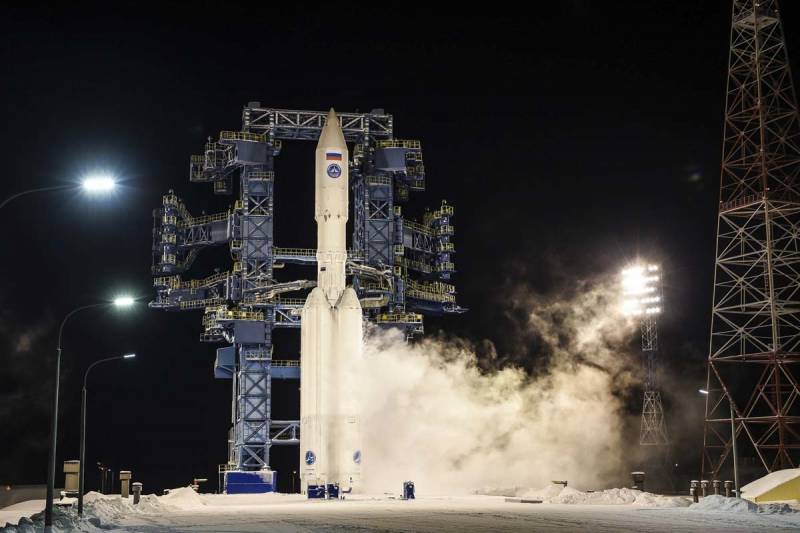
Launch of the Angara-A5 rocket, December 2021. Photo by the RF Ministry of Defense
Currently, Russian cosmonautics uses several types of launch vehicles of different classes with different characteristics and capabilities. In addition, the rocket and space industry is developing several new projects of similar equipment. Already during this decade, promising launch vehicles will be tested and / or get to full operation.
Modular complex
The main hopes and expectations of the Russian cosmonautics are associated with the promising family of Angara modular launch vehicles. This project was created from the beginning of the nineties and faced serious difficulties for a long time. However, some of the desired results have been achieved in recent years, and more progress is expected in the foreseeable future.
In July 2014, the first test launch of the Angara-1.2PP light missile in an abnormal configuration took place, during which the operation of all systems and assemblies was successfully demonstrated. The first full-fledged launch of the carrier of the new family was performed on December 23 of the same year - the Angara-A5 heavy-class rocket took off from the Plesetsk cosmodrome. In 2021 and 2022 conducted two more such tests.
On April 29, 2022, the Angara-1.2 light unified launch vehicle took off for the first time in its standard configuration. In October, this success was repeated during the second launch. It is reported that on this flight tests of the light class product are completed, and now it will be prepared for full operation.
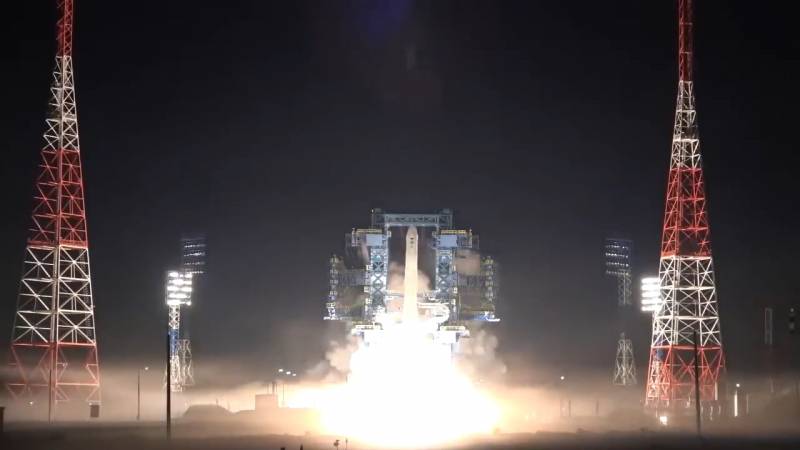
Launch of Angara-1.2, April 2022. Photo by the Ministry of Defense of the Russian Federation
Two new launches of the heavy Angara-A2023 are planned for the current 5, and the necessary preparations are underway. So, on July 31, the TASS agency published the words of the Director General of the Center. M.V. Khrunichev Alexey Varochko. He said that the first rocket for a future launch is at the assembly stage, and work is progressing according to the schedule. In autumn, the finished product will be sent to the Vostochny Cosmodrome.
At least one start is planned for next year. According to known data, Angara-A5 will send into orbit a new optical reconnaissance satellite of the Araks series, which is distinguished by its large dimensions and weight. Two launches are already planned for 2025. Heavy rockets will have to ensure the withdrawal of new loads from Roskosmos. In addition, no later than 2024-25. the first launches of the Angara-1.2 light rocket with one or another load are expected, incl. with commercial spacecraft.
Thus, the Angara project is successfully moving forward and solving the tasks set. The heavy rocket of the new family is approaching the start of full-fledged operation, and the light sample has passed flight tests. In the coming years, it will be possible to begin their full operation in the interests of various customers. At the same time, the development enterprises of the family from the Roskosmos continue to design new unified family rockets and create a reserve for the distant future.
New Soyuz
Work continues on the promising Soyuz-5 medium-class launch vehicle. This project of the Energia Rocket and Space Corporation started in the middle of the last decade and has already passed several early stages. So, in 2017, a preliminary design of the future product began, which was completed in 2020. In addition, in 2020-21 preparations for the production of individual units and the rocket as a whole began.
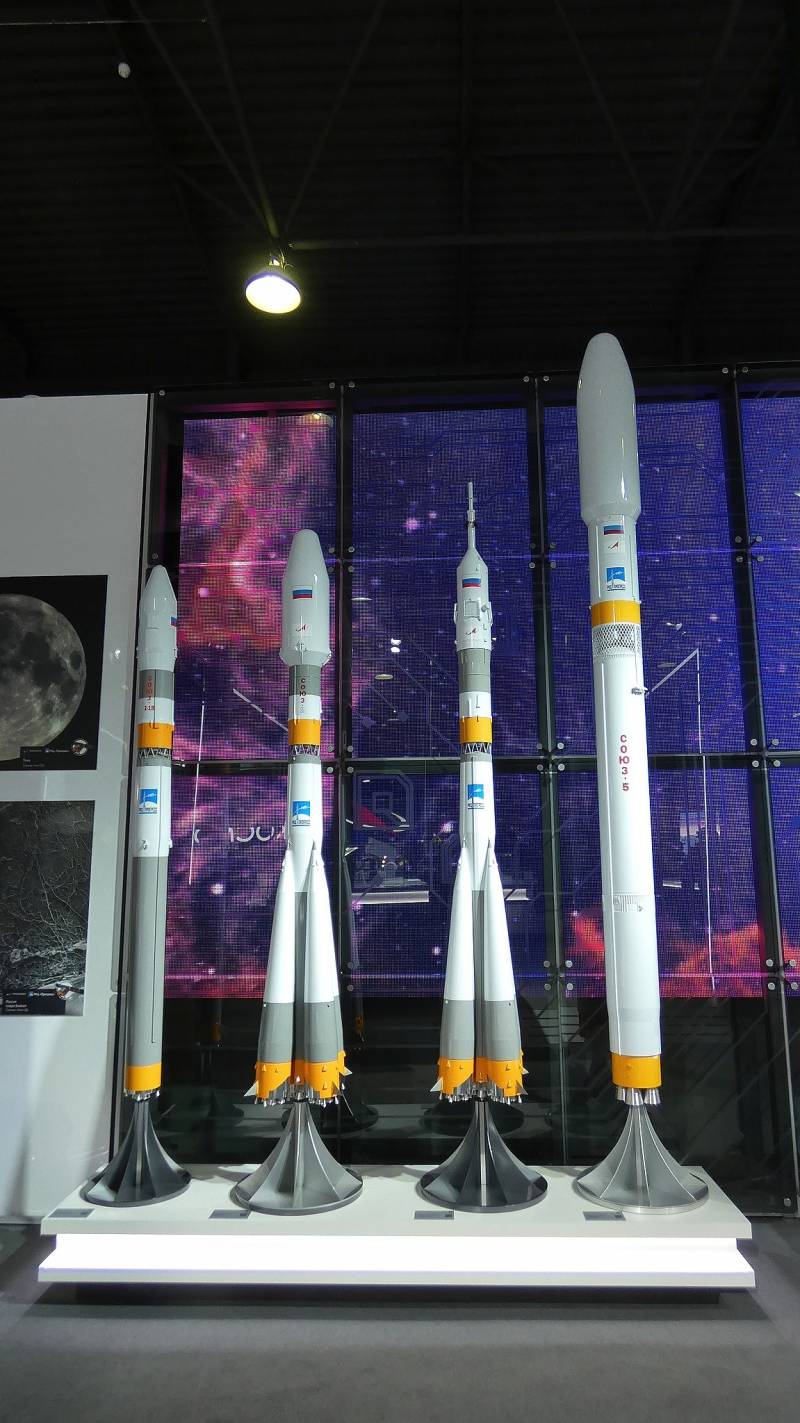
Launch vehicles of the Soyuz family. On the right is the promising Soyuz-5. Photo by Wikimedia Commons
In 2021, the Progress Rocket and Space Center began manufacturing individual Soyuz-5 components and systems for bench testing. The first tests of such products took place already in the fall of 2021 and confirmed the correctness of the calculations. A year ago, in July 2022, the first firing tests of the engine of the new rocket took place.
On August 1, 2023, the Vzglyad publication published a statement by Daniil Subbotin, Director General for Development of the RCC Progress, on the current state of affairs. According to him, now Soyuz-5 is at the stage of ground testing. The components of the launch vehicle are tested in accordance with the technical regulations. All processes are going well and generally on schedule.
In parallel with the work on the launch vehicle, the construction of a ground complex at the Baikonur cosmodrome is underway. These activities are carried out in cooperation with Kazakhstan within the framework of the joint Baiterek project. The Vzglyad publication indicates that Western sanctions have negatively affected the implementation of this project, and its future is in question.
Earlier it was reported that the Soyuz-5 rocket would enter flight design tests in 2025. The General Director for Development of the Progress Rocket Center said that such plans remain relevant. Probably, by this time the launch complex at Baikonur will have been completed.
Reusable referral
Back in 2013, it became known that Russian enterprises were exploring the possibility of creating a promising rocket engine running on liquefied natural gas. Such a propulsion system could be used by a new launch vehicle or a modified version of one of the existing ones. In the future, these ideas were developed, and in 2020 they reached the stage of preliminary design.
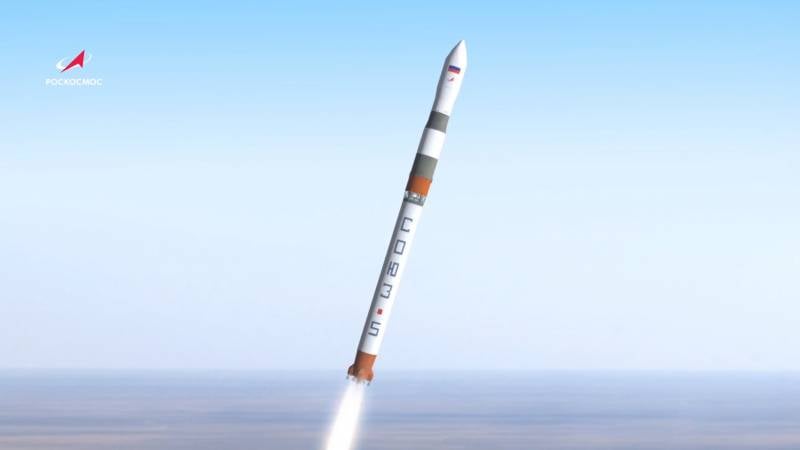
"Soyuz-5" in flight. Graphics "Roskosmos"
The LNG rocket project managed to change several names. Initially, it was called "Soyuz-7", and then the designations "Soyuz-LNG" and "Amur-LNG" appeared, indicating the main feature of the project. In addition, the goals of the project were adjusted. Initially, it was only about the launch vehicle on the new fuel, and then it was proposed to make it reusable.
According to the terms of reference, Soyuz-SPG will be a medium-class launch vehicle with characteristics on par with existing models. The product must use cheaper and more affordable methane-based fuel. The first stage will be reusable; it is planned to provide up to a hundred launches. At the same time, it is necessary not only to create a rocket design, but also to work out the issues of searching for and evacuating spent blocks for reuse.
The development of a new rocket is carried out by the Progress RCC. The creation of the rocket itself and related systems is underway, and a search has begun for optimal landing areas for reusable blocks. It takes several more years to carry out all the necessary work. The first launch of the finished Amur-LNG is expected no earlier than 2028, and the full-fledged operation of the rocket will begin in the thirties.
Other projects
Currently, the Russian rocket and space industry is developing several projects of promising launch vehicles at once. The most successful samples in the form of two modifications of the Angara have already passed the tests and are preparing for full-fledged operation. In the coming years, the first launch of Soyuz-5 is expected, and by the end of the decade, Soyuz-LNG will fly.
In addition, there are several other projects that are still in their early stages, and their implementation remains a matter of the distant future. Thus, two new modifications of the Angara-A5 heavy rocket are being developed. The expansion of the family should also continue, due to which it will be possible to more fully exploit the potential of the modular architecture.
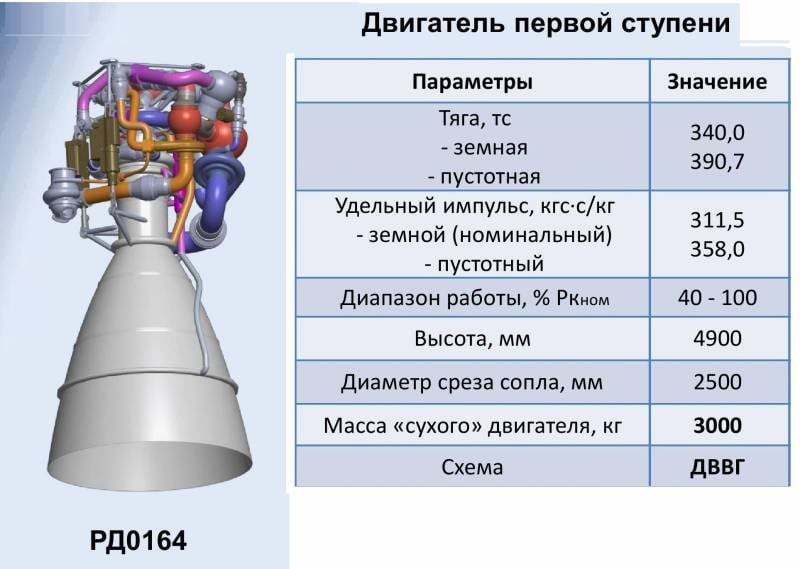
Prospective liquefied natural gas engine RD0164. Graphics "Roskosmos"
Since the mid-2021s, work has been going on on the promising super-heavy launch vehicle Yenisei. For several years, within the framework of this project, common issues have been worked out and some of the required components have been created. However, in February 2024, the development of the Yenisei was temporarily suspended due to the lack of some components and technologies. It is planned to resume it no earlier than XNUMX.
In the recent past, there have been numerous reports of the emergence of private rocket and space companies intending to build their own launch vehicles. In view of the well-known limitations and the lack of all competencies, so far we have only talked about systems of the ultralight and light classes. The announced projects are of some interest, but their implementation - even under an optimistic scenario - is a matter of the distant future.
Today and tomorrow
The Russian rocket and space industry continues to operate modern launch vehicles and is also working on new projects. Some of the promising samples have already been brought to testing and operation, while others are still at the development stage. In addition, some projects have been temporarily frozen, and such missiles will appear only in the distant future.
Thus, Roskosmos and its enterprises have and are implementing plans for the development of the main areas for several years ahead - until the beginning of the next decade. A significant place in such plans is the development of new launch vehicles and related equipment. Whether it will be possible to realize all the current ideas - time will tell, and the first results will not have to wait long.
Information